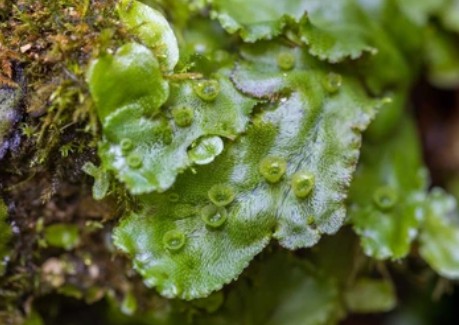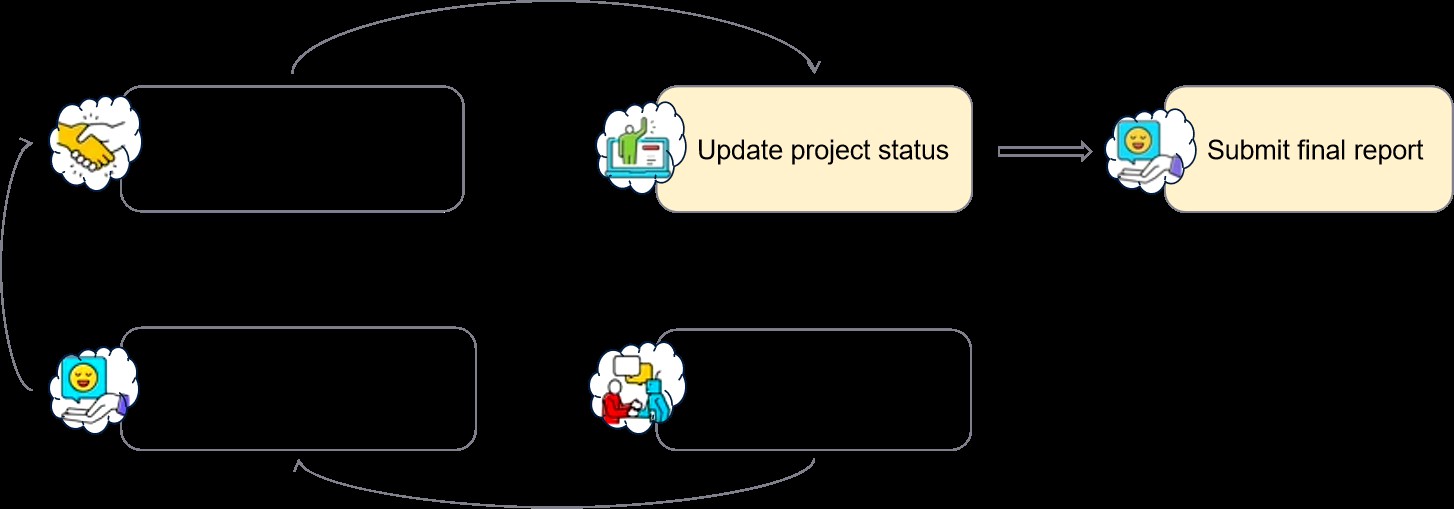Marchantia polymorpha is a seemingly unassuming member of the bryophyte family. However, it captured the attention of plant scientists worldwide and offered a dynamic platform for scientists to explore and manipulate chloroplast genomes with precision, ultimately driving advancements in agriculture, biotechnology, and our understanding of fundamental plant processes. Marchantia polymorpha, often found in moist terrestrial environments, has emerged as a powerful experimental model for studying various aspects of plant biology, and the Marchantia polymorpha chloroplast genome transformation plays a vital role in the realm of genetic manipulation and synthetic biology applications.
Lifeasible is dedicated to plant research, and we have many years of research and service experience in bryophyte transformation. Based on our advanced technology platform and experienced team of experts, we have continuously deepened our research on Marchantia polymorpha chloroplast genome transformation, which is important in advancing the study of gene function in bryophytes.

Chloroplasts, the cellular organelles responsible for photosynthesis in plants, have garnered significant attention in genetic engineering due to their unique characteristics. Chloroplast genomes are separate from the nuclear genome and exist in multiple copies per cell, making them an attractive target for genetic modification. One of the key methodologies for Marchantia polymorpha chloroplast genome transformation is applying a Type IIS DNA assembly method. This technique, which is both efficient and straightforward, enables the creation of DNA constructs specifically designed for chloroplast genome manipulation.
The transformation process in Marchantia polymorpha involves several critical steps to ensure the successful incorporation of foreign DNA into the chloroplast genome. Here, we outline the key stages of this process:

Marchantia polymorpha chloroplast genome transformation can enhance researchers' understanding of plant biology. Lifeasible enables researchers to precisely manipulate the chloroplast genome to express genes of interest by building on efficient DNA assembly and optimizing the transformation process. If you are interested in us, please feel free to contact us.
Lifeasible has established a one-stop service platform for plants. In addition to obtaining customized solutions for plant genetic engineering, customers can also conduct follow-up analysis and research on plants through our analysis platform. The analytical services we provide include but are not limited to the following:
Why Do Plants Blush When They Are Hungry?
April 26, 2024
STU-CRISPR System Improves Plant Genome Editing Efficiency
April 19, 2024